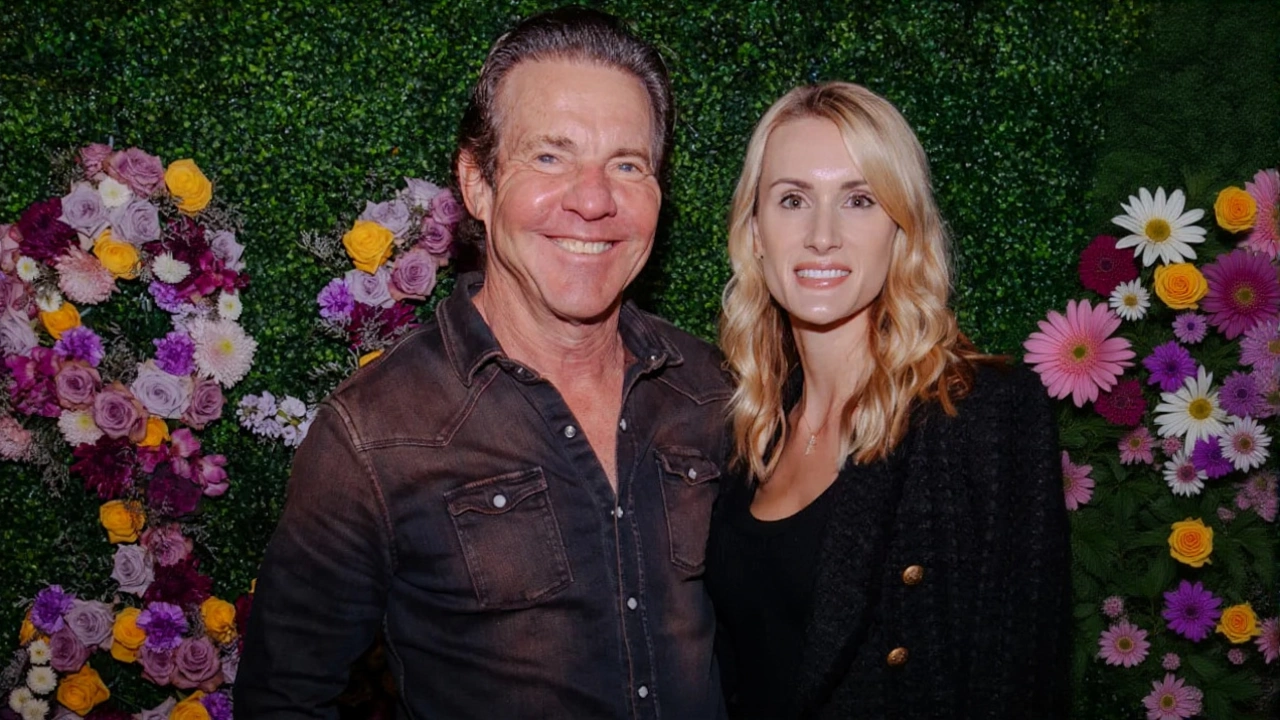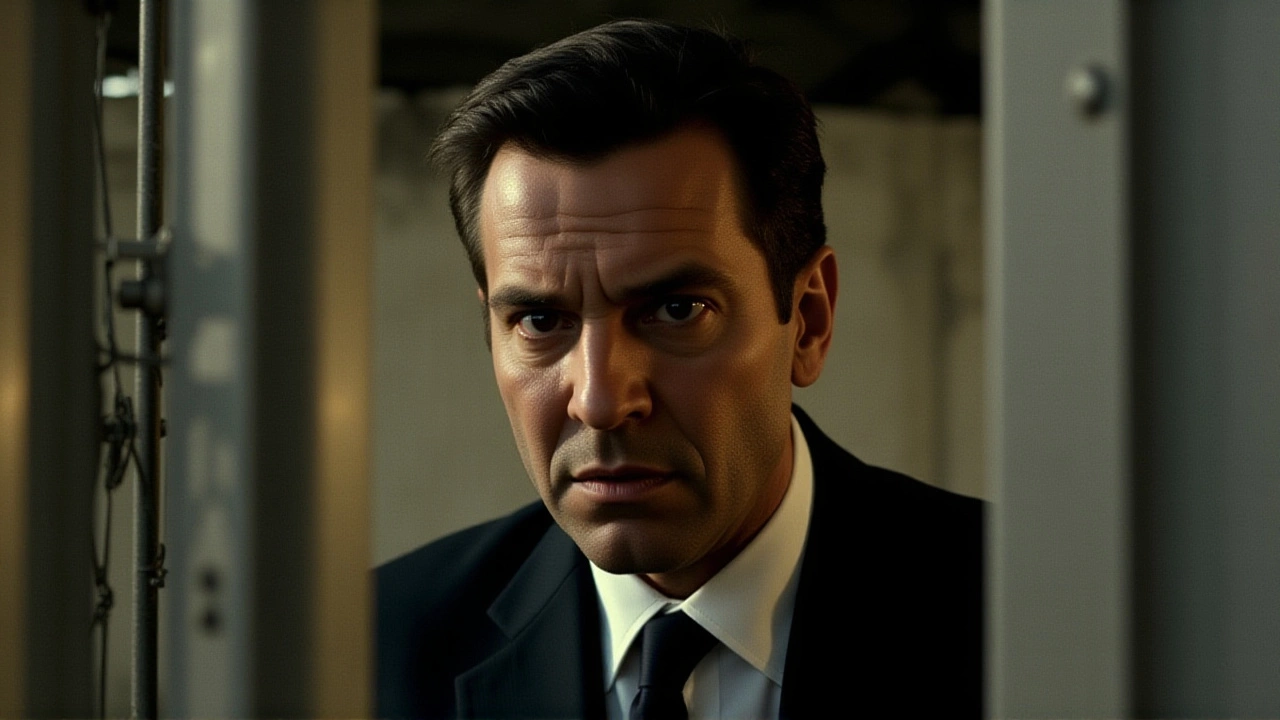When Dennis Quaid and Danny Glover paired up for a snow‑capped manhunt, few could have guessed the movie would slip under the radar. Released on Halloween, October 31, 1997, Switchback (originally billed as “Going West in America”) marks the directorial debut of screenwriter Jeb Stuart, fresh from penning Die Hard and The Fugitive. Shot at 10,000 feet in Red Cliff, Colorado, the film premiered at the 1997 Denver Film Festival before a limited theatrical run that left box‑office ledgers unimpressed. Yet the same cold‑blooded suspense has earned a cult following among thriller fans, thanks in part to an ensemble that includes an then‑unknown Walton Goggins as Bud.
Background and Production
Stemming from Stuart’s desire to swap the neon glare of city chases for the stark openness of rural America, “Switchback” plants its narrative in the desolate stretches between Amarillo, Texas, and the Rocky Mountains. Production manager interviews reveal that the crew endured sub‑zero temperatures and thin air, factors that seeped into the film’s visual mood. The cinematography, captured by Oliver Wood, leans heavily on natural light, turning the blizzard into a character of its own. Composer Basil Poledouris supplied a sweeping score that juxtaposes the isolation of the snowy passes with the frantic heartbeat of the chase.
Studio notes indicate that early test screenings flagged the film’s pacing. Stuart responded by trimming a few expository scenes, which some critics later called “over‑tightening” the plot. Nonetheless, the casting choices remained bold: Quaid, then 43, slipped into the role of FBI agent Frank LaCrosse, while Glover, at 51, embraced a villainous turn as drifter‑killer Bob Goodall. Supporting roles went to rising talents—Jared Leto as hitchhiker Lane Dixon, William Fichtner as ambitious police chief Jack McGinnis, and the ever‑authoritative R. Lee Ermey as Sheriff Buck Olmstead.
Plot and Themes
The story unfolds as LaCrosse pursues a serial killer he believes abducted his son, following a trail that leads him eastward to Amarillo. Glover’s Goodall, a charismatic drifter, picks up Leto’s Dixon on a dusty New Mexico highway, setting off a chain of misdirections that keep viewers guessing. A key twist arrives when Goodall, after a violent showdown with a mechanic, loses control of his car on icy mountain roads. The resulting crash triggers a rescue sequence where Dixon, despite being a suspect, saves Goodall from the abyss—only for Goodall to later turn on him.
Critics have noted the film’s use of red herrings as a narrative echo of classic mystery novels. The political subplot—Chief McGinnis leveraging a local murder to boost his campaign—adds a layer of commentary on law‑enforcement ambition in small‑town America. Meanwhile, Sheriff Olmstead’s re‑election fears create a tense backdrop that mirrors the film’s central pursuit: the chase for truth amid personal agendas.

Critical Reception and Legacy
Upon release, “Switchback” stumbled at the box office, earning a meager $1.2 million domestically. Rotten Tomatoes recorded a 31 percent rating, and early reviews complained that the audience was often ahead of the protagonists. However, the passage of time has softened the verdict. IMDb now lists a 6.4/10 score from over 15,800 user votes, with many commenters highlighting the film’s “taut and suspenseful” atmosphere. One user, “7Tequila‑18,” wrote, “I expected another paint‑by‑numbers thriller; instead, I got a surprisingly tight ride with Danny Glover against type.”
Retrospective pieces from Collider and niche genre blogs argue that the film’s “forgotten” status masks a solid ensemble performance and a rare glimpse of Glover in a villainous role. The supporting cast—particularly the early work of Goggins, who later broke out on “The Shield” and “Justified”—has become a point of interest for fans tracing actor trajectories.
Cast Spotlight
Walton Goggins appears as Bud, a minor but memorable presence that foreshadows his later success in gritty crime dramas. At 25, Goggins was still a relative unknown, yet his performance hinted at the intensity he would later bring to roles in “The Hateful Eight” and “Justified.”
Jared Leto’s portrayal of Lane Dixon offers a study in youthful desperation; his character’s arc from hitchhiker to prime suspect underscores the film’s theme of mistaken identity. Meanwhile, William Fichtner’s Jack McGinnis provides a politically charged foil, reminding viewers that ambition can corrupt even small‑town justice.
R. Lee Ermey, forever associated with military hard‑boiled characters, brings an earthy gravitas to Sheriff Olmstead, grounding the snowy chase in a community’s reality.

Future Interest and Home Media
Streaming platforms have revived “Switchback,” allowing a new generation to discover its blend of western‑sprawl and thriller intensity. A 2024 Blu‑ray release includes a director’s commentary where Stuart admits he “probably over‑scripted the surprise reveals,” but defends his decision to set the chase far from typical cityscapes. Film festivals dedicated to 1990s cinema have featured the movie in “Forgotten Gems” lineups, underscoring its growing cult status.
For anyone who loves a slow‑burn chase set against stark landscapes, “Switchback” offers a compelling—if imperfect—experience. Its ensemble cast, early contributions from now‑big names, and the stark beauty of Colorado’s high country make it worth a second look.
Frequently Asked Questions
Why is “Switchback” considered a cult classic despite its poor box‑office performance?
The film’s blend of atmospheric cinematography, a strong ensemble cast, and its unconventional rural setting has resonated with thriller enthusiasts over the years. Streaming availability and special‑edition home releases have introduced it to younger audiences, while retrospective reviews praise its tension and the early work of actors like Walton Goggins, turning commercial failure into a niche favorite.
How did filming at 10,000 feet in Red Cliff impact the production?
The altitude forced the crew to contend with thin air and freezing temperatures, which slowed shooting schedules and required extra equipment to keep cameras functional. Those hardships translated onscreen as authentic snow‑drift visuals and a palpable sense of isolation that enhances the film’s tension.
What role does the political subplot play in the story?
Police chief Jack McGinnis (played by William Fichtner) manipulates a local murder to bolster his campaign, illustrating how personal ambition can corrupt law‑enforcement decisions. This subplot adds depth to the chase, showing that the pursuit of the killer is entangled with local power struggles.
How does the film’s score contribute to its atmosphere?
Basil Poledouris’s orchestral score weaves sweeping strings with low, rumbling brass, mirroring the stark mountain landscape and the escalating danger. The music amplifies moments of suspense, especially during the blizzard chase, making the audience feel the cold’s grip.
Is there any chance of a sequel or reboot?
As of 2025, no official sequel or reboot has been announced. However, the film’s growing fan base has sparked rumors of a possible limited‑series adaptation, though rights holder statements remain non‑committal.
